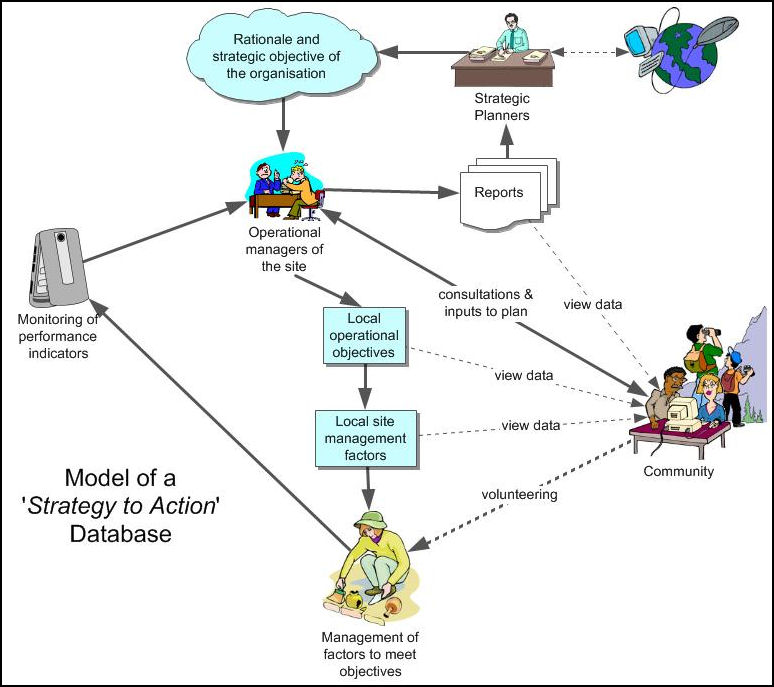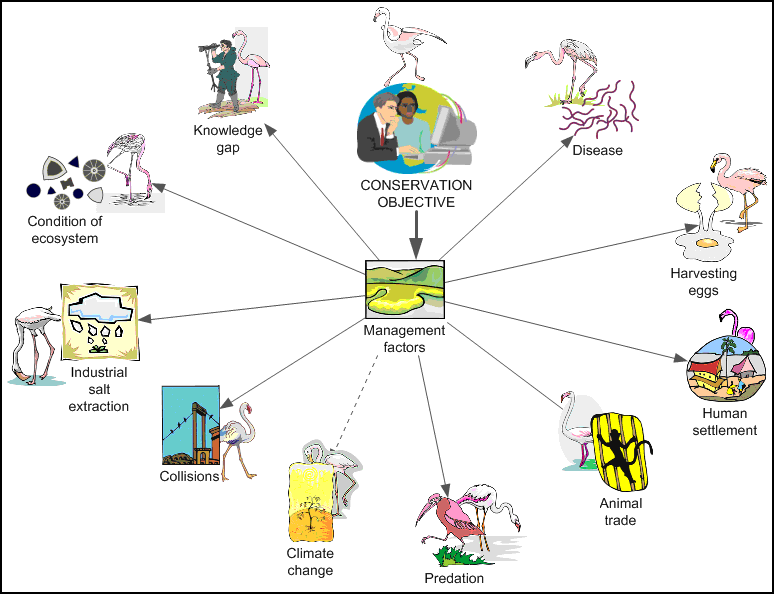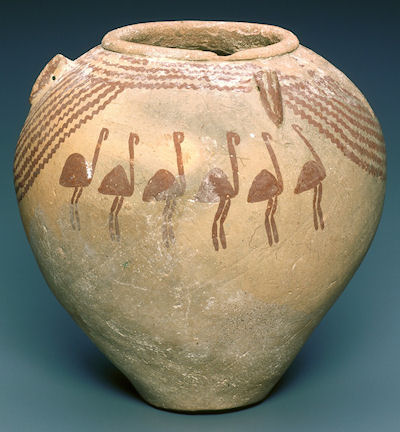Map 14: 'Action Plan for Lesser Flamingo'
1 About
This module is an educational template developed from the action plan for the conservation of the Lesser Flamingo. The action plan was produced by the Wetlands International Specialist Group, the Wildfowl and Wetlands Trust, Wetlands International and BirdLife International Africa Partnership.
The major threats to the survival of the Lesser Flamingo are the loss and/or the degradation and distruption of its specialized habitat at key places through altered hydrology and water quality, wetland pollution, extraction of salt and soda ash, particularly at its breeding sites. Other threats include predation at the nesting colonies, particularly by the Marabou Stork, poisoning, disease, harvesting of eggs and live birds, human disturbance at non-breeding sites, predation, and competition for food and breeding sites. The activities are identified as management factors. The action plan for the Lesser Flamingo focuses on measures to address these factors as threats.
Because the Lesser Flamingo is an itinerant species moving through a network of sites in several countries, successful implementation of the plan will require effective international coordination of organisation and action. The following mindmap sets out the the major management factors that have to be addressed to meet the objective for this species which is to stabilise the size and distribution of regional populations at their 2008 levels by 2020.
A key piece of research is the report by Ekkhard Vareschi who made the first detailed study of the ecology of Lake Nakuru in Kenya which included the abundance and feeding of the Lesser Flamingo.
2 Establishing a database
The knowledge system for presenting an action plan as an educational resource is a ‘strategy-to-action’ database (STAc). The structure allows learners to seamlessly track a plan from its strategic objectives down to the jobs of project workers to overcome limiting management factors and the monitoring of performance indicators to measure the effectiveness of the work. A STAc is defined as follows:
- It is a USER FRIENDLY on-line PLANNING/RECORDING system that allows professionals and volunteers to work together to make long-term action plans for local issues.
- These plans focus on PLACE-BASED FEATURES, which are the main elements that define a local issue, structure, process or environment (e.g. local crime, transport, biodiversity, energy use, health).
- The OBJECTIVE of the action plan for a feature is to bring the feature into a FAVOURABLE STATE or CONDITION.
- This is done by controlling the major FACTORS, positive and negative, which affect each feature. (e.g. exercise is a major health factor)
- These major factors are defined using prior RESEARCH, which has established an EVIDENCE BASE as to how the factors affect the condition of features.
- The evidence base is used to define the RATIONALE for scheduling PROJECTS to control the factors.
- A project sets out the methods to be used, who is to do the work, when they are to do it and what resources are needed.
- The state of a feature is MONITORED frequently by checking one (or more) of its ATTRIBUTES as a PERFORMANCE INDICATOR.
- An attribute is an obvious RECORDABLE CHARACTERISTIC of the feature, which defines its state (e.g. the number of people using an exercise facility).
- FEEDBACK from monitoring features is used to improve the effectiveness of projects.
- PUBLIC ACCESS to the database is allowed by pc, laptop or cell phone according to ‘need to know’ and ‘need for participation’.
The STAc educational framework is set out below to show the flows of data and information between the participants in organisation and community.

The following diagram sets out the major management factors that have to be addressed to meet the strategic conservation objective of the international single species action plan for the Lesser Flamingo.

An interactive educational template of the plan is currently being prepared.
3 No safety in numbers
All Flamingo species feed on microscopic algae and diatoms in shallow lakes and lagoons by filtering individual cells through their highly adapted bills. Flamingo bills are the most complex in the avian world, lined with rows of horny “teeth” (lamellae) that resemble the filtering apparatus of baleen whales. Those of Andean and James’s flamingos are neatly separated in width, allowing each species to specialize on food particles of different sizes. The structure of the feeding apparatus of flamingos is entirely different from that of the swans, ducks and geese, but is strikingly convergent towards that of baleen whales that filter out microscopic deep sea plankton.
With regard to conservation, although the world population of flamingos runs into millions of birds, they are under threat from local human impacts on their specialised saline lagoon habitats.
History shows there is no safety in large numbers. For example, the Passenger Pigeon was once probably the most numerous bird on the planet, making its home in the billion or so acres of primary forest that once covered North America east of the Rocky Mountains. Stories are told of their flocks being a mile wide and up to 300 miles long, and so dense that they darkened the sky for hours and days as the flock passed overhead. Population estimates from the 19th century ranged from 1 billion to close to 4 billion individuals. Total populations may have reached 5 billion individuals and comprised up to 40% of the total number of birds in North America. The Passenger Pigeon is now extinct. Hunting and the clearing of forests to make way for agriculture doomed the species. The decline was well under way by the 1850’s. The last nesting birds were reported in the Great Lakes region in the 1890’s. The last reported individuals in the wild were shot at Babcock, Wisconsin in 1899, and in Pike County, Ohio on March 24, 1900. Some birds, however, remained in captivity. The last Passenger Pigeon, named Martha, died alone at the Cincinnati Zoo at about 1:00 pm on September 1, 1914. Who could have dreamed that within a few decades, the once most numerous bird on Earth would be forever gone?
4 Postscript
Flamingos are a poignant example of elegance in nature.
The Egyptians had a great admiration for the birds and worshiped them, considering they were an embodiment of the god Ra. This pot dates to Predynastic Egypt, before the unification of the country under pharaonic rule. One of the centers of early Egyptian civilization was at Nagada, where a sophisticated artistic culture had its origins. Nagada II pottery (3,300 BCE) characteristically has red lines on a neutral clay body and is decorated with geometric patterns and stylized representations of animals, such as these graceful yet simplified flamingos. The Nagada culture developed among indigenous hunter-gatherers and fishermen exploiting the fish and birds of the shallow lagoons along the Upper Nile.
The fate of the Passenger Pigeon now hangs over the world's Flamingos as humanity encroaches on its shallow water habitats. This makes Flamingos an ideal learning model for the era of education for living sustainably. There is now a need to consider social and economic factors within a cultural ecology framework. Humankind is creating the havoc right now and increasingly, educationalist have to turn their attention globally to how adults in the boardroom, factory floor, farm, unions, NGOs, consumer groups and local communities can become involved in conservation management.

|

